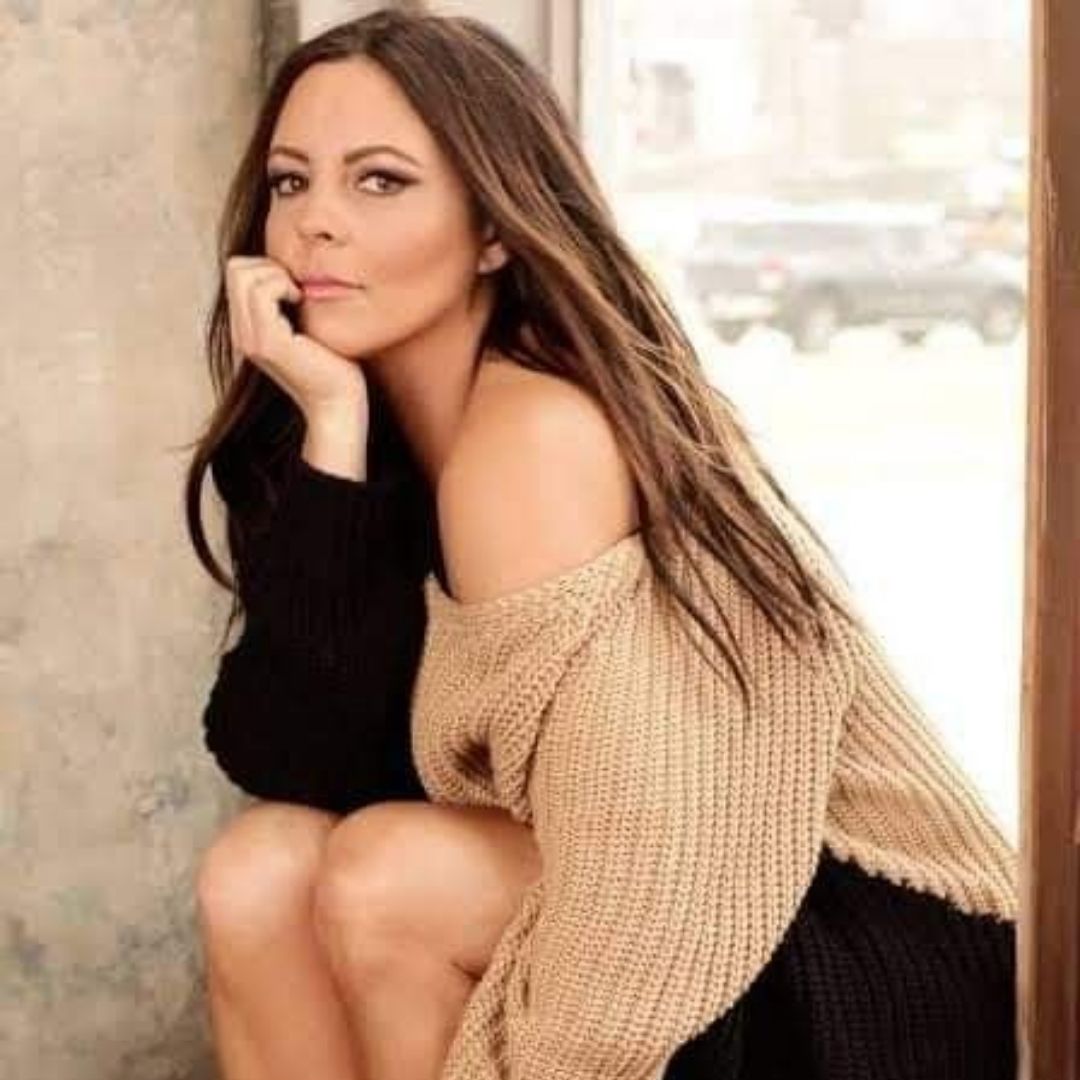
Introduction
I still remember the first time I heard “Born to Fly” by Sara Evans. It was a crisp autumn afternoon in 2000, and I was driving down a winding country road with the windows down, the radio crackling to life with that unmistakable fiddle riff. The song burst through the speakers, and I felt an instant surge of freedom—like I, too, could spread my wings and soar beyond the horizon. Little did I know then that this track, penned by Evans alongside Marcus Hummon and Darrell Scott, would become a defining anthem of country music, capturing the restless dreams of a generation. Its story begins not just with a melody, but with a yearning that resonates as deeply today as it did over two decades ago.
About The Composition
- Title: Born to Fly
- Composer: Sara Evans, Marcus Hummon, Darrell Scott
- Premiere Date: Released as a single in June 2000
- Album/Opus/Collection: Featured on the album Born to Fly, released October 2000 via RCA Records Nashville
- Genre: Country (with bluegrass influences)
Background
“Born to Fly” emerged from a collaboration between Sara Evans and songwriters Marcus Hummon and Darrell Scott, born out of a desire to craft something both personal and universal. Released in June 2000 as the lead single from Evans’ third studio album of the same name, the song reflects a pivotal moment in her career. After her earlier albums leaned heavily into traditional country, Evans was inspired by the contemporary bluegrass sounds of the Dixie Chicks, prompting her to work with producer Paul Worley and infuse a fresh energy into her music. The song’s inception was fueled by Evans’ own aspirations—to break free from constraints and redefine her place in the Nashville scene.
Historically, the late 1990s and early 2000s marked a shift in country music toward a blend of pop and roots influences, and “Born to Fly” rode this wave with finesse. It soared to number one on the U.S. Billboard Hot Country Songs chart in January 2001, cementing Evans’ status as a leading voice in the genre. Critics and fans alike embraced its uplifting spirit, and it became the cornerstone of an album that earned double-platinum certification, selling over two million copies. Within Evans’ repertoire, it stands as her signature hit—a testament to her evolution from a neo-traditionalist to a contemporary country powerhouse.
Musical Style
“Born to Fly” is an uptempo country song defined by its vibrant instrumentation and dynamic structure. Backed primarily by fiddles—a nod to its bluegrass roots—the track features a driving rhythm propelled by acoustic guitars and a steady kick drum. The album version concludes with a long instrumental outro, showcasing the band’s virtuosity and giving the song a sense of boundless momentum. Evans’ vocal delivery is both powerful and emotive, weaving through the melody with a clarity that amplifies its message of liberation.
The song’s structure is straightforward yet effective: verses build tension with introspective storytelling, while the chorus explodes into a triumphant declaration of freedom. This contrast mirrors the narrative of breaking free from limitations, making the musical elements not just a backdrop but a vital part of the song’s emotional arc. The use of fiddles, in particular, lends it a timeless, rootsy quality that distinguishes it from the pop-heavy country hits of its era.
Lyrics/Libretto
The lyrics of “Born to Fly” tell the story of a restless soul yearning to escape the mundane and chase their dreams. Lines like “How do you wait for heaven? / And who has that much time?” reflect a deep impatience with stagnation, while the chorus—“I’ve been telling my dreams to the scarecrow / About the places that I’d like to see”—paints a vivid picture of longing and determination. The central metaphor of a bird spreading its wings ties the words to the music’s soaring energy, creating a seamless marriage of sound and sentiment.
The themes of independence and self-discovery resonate universally, speaking to anyone who’s ever felt trapped by circumstance. For Evans, the song was personal—she’s spoken of it as a reflection of her own journey in music and life, a declaration of her refusal to be boxed in. The lyrics’ simplicity belies their depth, offering both a rallying cry and a quiet introspection that lingers long after the final note.
Performance History
Since its release, “Born to Fly” has been a staple in Sara Evans’ live performances, often serving as a showstopper that ignites audiences with its infectious energy. Its debut on the charts in 2000 was followed by a steady climb to number one, and it remained a radio favorite for years. Notable performances include Evans’ appearances at the CMA Awards, where the song’s success earned her five nominations, including Single of the Year.
Over time, the track has been covered by artists like Danielle Bradbery on The Voice in 2013, introducing it to a new generation. Its reception has remained overwhelmingly positive, with critics praising its authenticity and staying power in a genre prone to fleeting trends. While it may not occupy the same canonical status as classical masterpieces, within country music, it’s a modern classic—a song that continues to inspire performers and fans alike.
Cultural Impact
“Born to Fly” transcends its country roots to influence broader popular culture. Its music video, directed by Peter Zavadil, reimagines Evans as Dorothy from The Wizard of Oz, blending whimsy with the song’s themes of exploration—a visual that cemented its place in early 2000s MTV rotation. Beyond music, its message of resilience has made it a go-to anthem for personal empowerment, popping up in TV shows, motivational playlists, and even casual conversations about chasing dreams.
The song’s cultural footprint is also tied to its era, embodying the optimism and ambition of the new millennium. It influenced a wave of country artists who followed, blending traditional sounds with contemporary flair, and remains a touchstone for discussions about women’s voices in the genre—a space where Evans broke ground with her unapologetic authenticity.
Legacy
More than two decades later, “Born to Fly” endures as a symbol of courage and aspiration. Its relevance today lies in its timeless message: the idea that we’re all born with the potential to rise above our circumstances. For Evans, it’s the cornerstone of a career that’s weathered industry shifts and personal challenges, a reminder of her artistic peak in the 2000s. For listeners, it’s a call to action that never grows old, touching hearts with its blend of vulnerability and strength.
The song’s legacy is also practical—it’s taught countless aspiring singers and songwriters the power of marrying a strong melody with a relatable story. Its continued presence in Evans’ setlists and its resonance with new audiences prove that some songs are, indeed, born to fly forever.
Conclusion
Reflecting on “Born to Fly,” I’m struck by how it captures a feeling I’ve chased my whole life—that restless itch to break free and become who I’m meant to be. It’s more than a song; it’s a companion for anyone who’s ever dared to dream beyond the horizon. I urge you to give it a listen—try the album version for that glorious outro, or catch a live recording to feel its raw energy. Let it lift you up, as it did me on that autumn drive, and see where it takes you. What’s your sky waiting for?
Video
Lyrics
[Verse 1]
I’ve been tellin’ my dreams to the scarecrow
About the places that I’d like to see
I said, “Friend, do you think I’ll ever get there?”
Oh, but he just stands there, smilin’ back at me
So I confess my sins to the preacher
About the love I’ve been prayin’ to find
“Is there a brown eyed boy in my future?” Yeah
An’ he says, “Girl, you’ve got nothin’ but time”
[Chorus]
But how do you wait for heaven?
And who has that much time?
And how do you keep your feet on the ground when you know
That you were born
You were born to fly?
[Verse 2]
My daddy, he is grounded like the oak tree
My momma, she is steady as the sun
Oh, you know I love my folks, but I keep starin’ down the road
Just lookin’ for my one chance to run
Hey, ’cause I will soar away like the blackbird
I will blow in the wind like a seed
I will plant my heart in the garden of my dreams
And I will grow up where I’ll wander wild and free
[Chorus]
Oh, how do you wait for heaven?
And who has that much time?
And how do you keep your feet on the ground when you know
That you were born
You were born, yeah
You were born to fly?
[Instrumental Break]
[Chorus]
So, how do you wait for heaven?
And who has that much time?
And how do you keep your feet on the ground when you know
That you were born
You were born to fly?
Yeah
You were born to fly, fly, fly, fly
[Post-Chorus]
Hey
Ooh, ooh
[Instrumental Outro]
